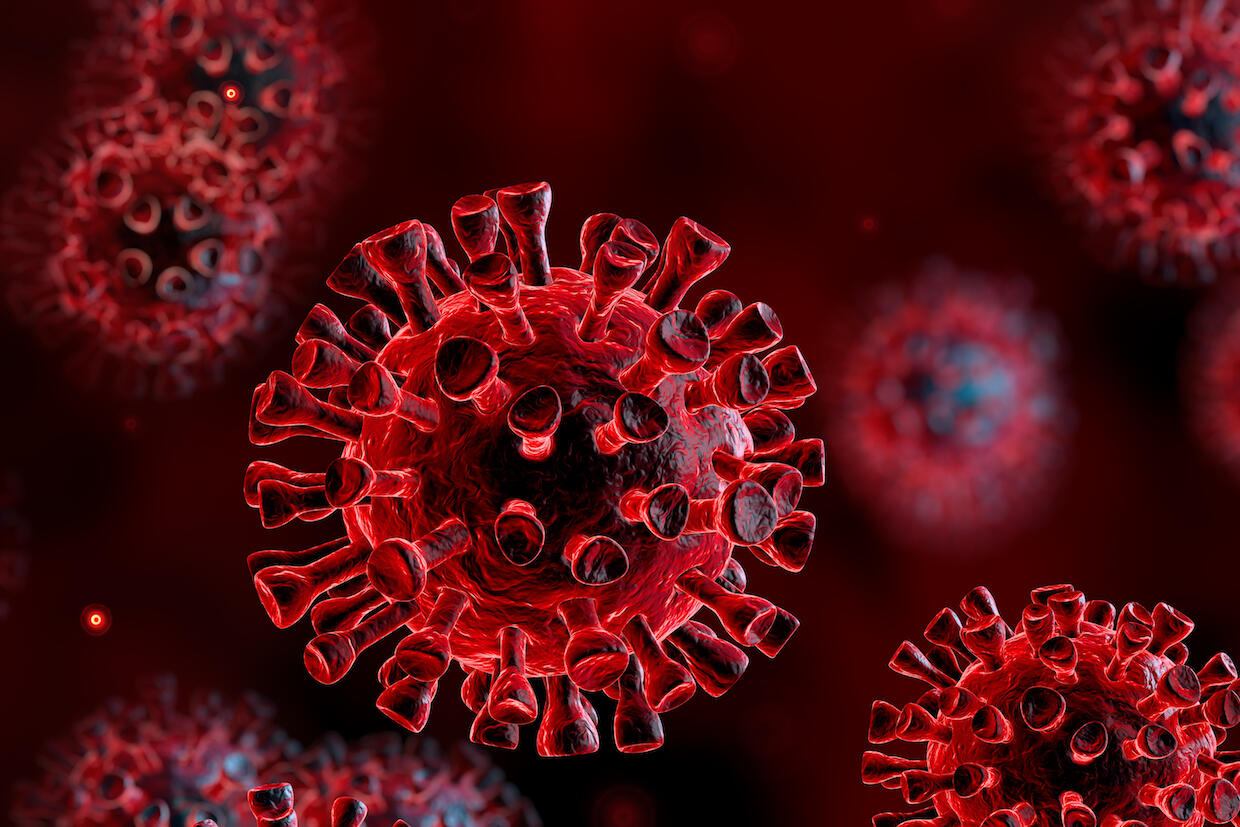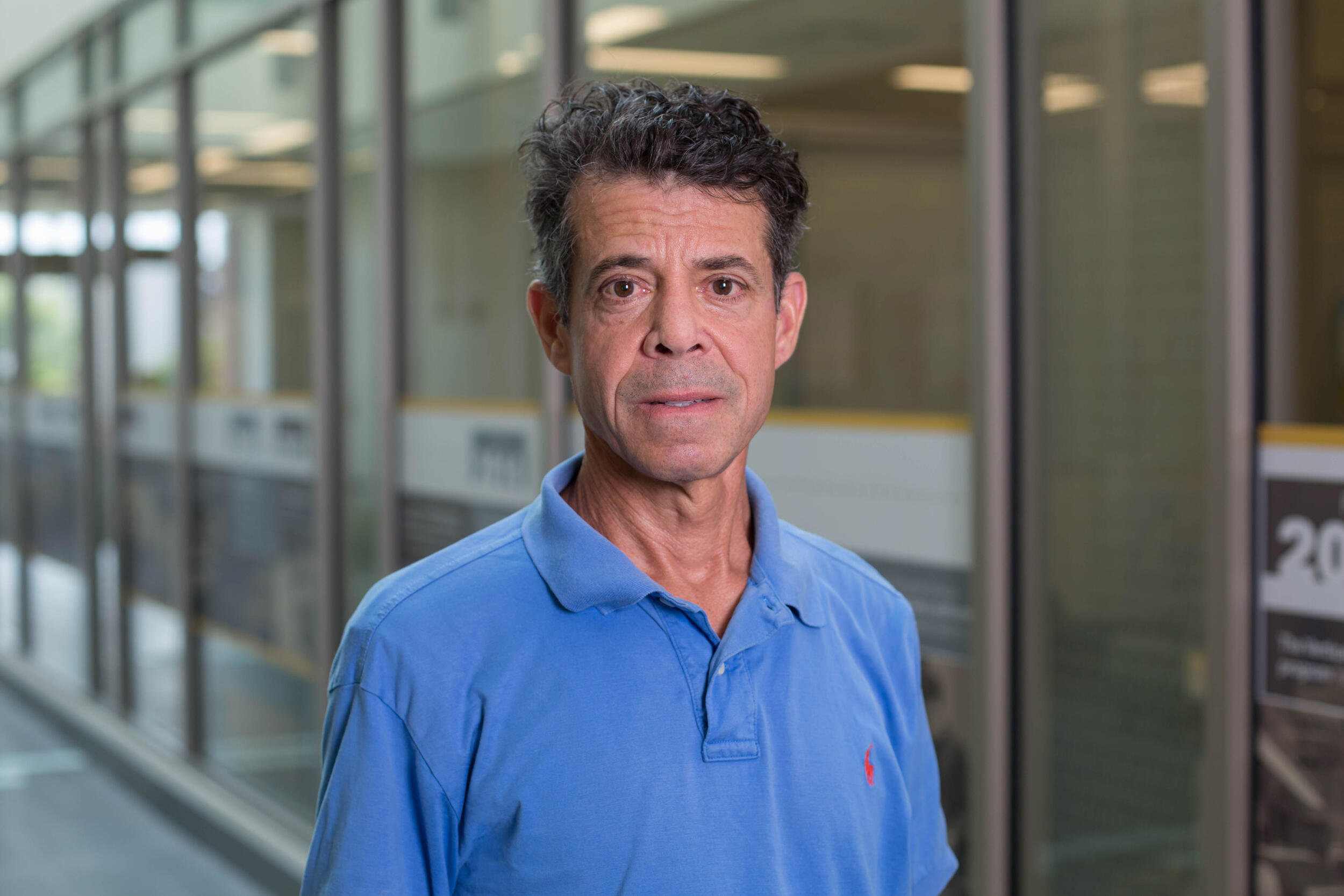
June 1, 2020
A VCU researcher is harnessing supercomputers to unpack the coronavirus’ ‘spike’ protein
Share this story
Michael H. Peters, Ph.D., a professor in VCU’s Department of Chemical and Life Science Engineering, is using powerful supercomputers at NASA’s Ames Research Center in California to investigate the “spike” protein of the novel coronavirus that causes COVID-19.
Through advanced computer simulations, Peters hopes to determine the mechanistic action of the spike protein, which plays an important role in attaching to human cells and infecting the body. He has identified a possible factor that may be able to restrict an important action of this key protein.
“We are trying to more fully understand how this protein functions,” Peters said. “You have to understand your enemy before launching into battle.”
Peters conducts experimental and theoretical research in the field of protein engineering at Virginia Commonwealth University’s College of Engineering. He is working with a former graduate student, Oscar Bastidas, Ph.D., now a postdoctoral research fellow at the University of Minnesota’s College of Biological Sciences. They are studying the dynamics of how the spike protein changes between active and inactive states. The protein’s receptor binding domain has an “up” position, in which it can bind to epithelial cell molecules. But in the “down” position, it appears to be incapable of binding, Peters said.

“What is remarkable is that the up domain configuration is molecularly tethered to the main structure of the protein like a tethered balloon. There are two molecular tethers that are stabilized or ‘tied down’ by so-called beta strand structural motifs in the central part of the protein. That is why I have called this virus the ‘It’ virus,” he said, referring to the shape-shifting creature in author Stephen King’s horror tale.
Peters said they mapped the all-atom biomolecular dynamics of the entire spike protein and believe they have discovered a possible molecular “latch” that helps to keep the spike protein down.
Peters is able to access the supercomputers as part of the COVID-19 High Performance Computing Consortium through the Extreme Science and Engineering Discovery Environment, a virtual system that scientists can use to interactively share computing resources. The consortium is a private-public partnership that includes the White House Office of Science and Technology Policy and major tech corporations.
“The spike protein is a true giant among proteins and difficult to attack without the best computers out there,” he said. “We need to move as fast as possible gathering intelligence and planning attacks.”
Subscribe to VCU News
Subscribe to VCU News at newsletter.vcu.edu and receive a selection of stories, videos, photos, news clips and event listings in your inbox.







